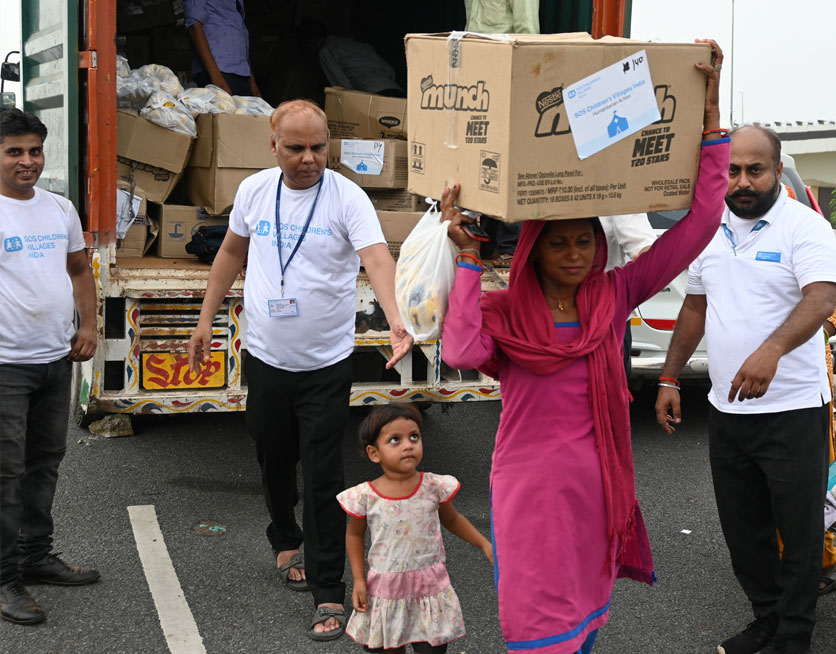
With the pandemic came the lockdowns that hugely impacted not only the economy and its nuances, but also emotional and mental wellbeing. Restriction of movement, confinement, disruption in social lives decrease in face-to-face interactions, and many such related factors resulted in anxiety, stress, anger, depression and other such emotions. SOS Children’s Villages India stepped in with EmoAid.